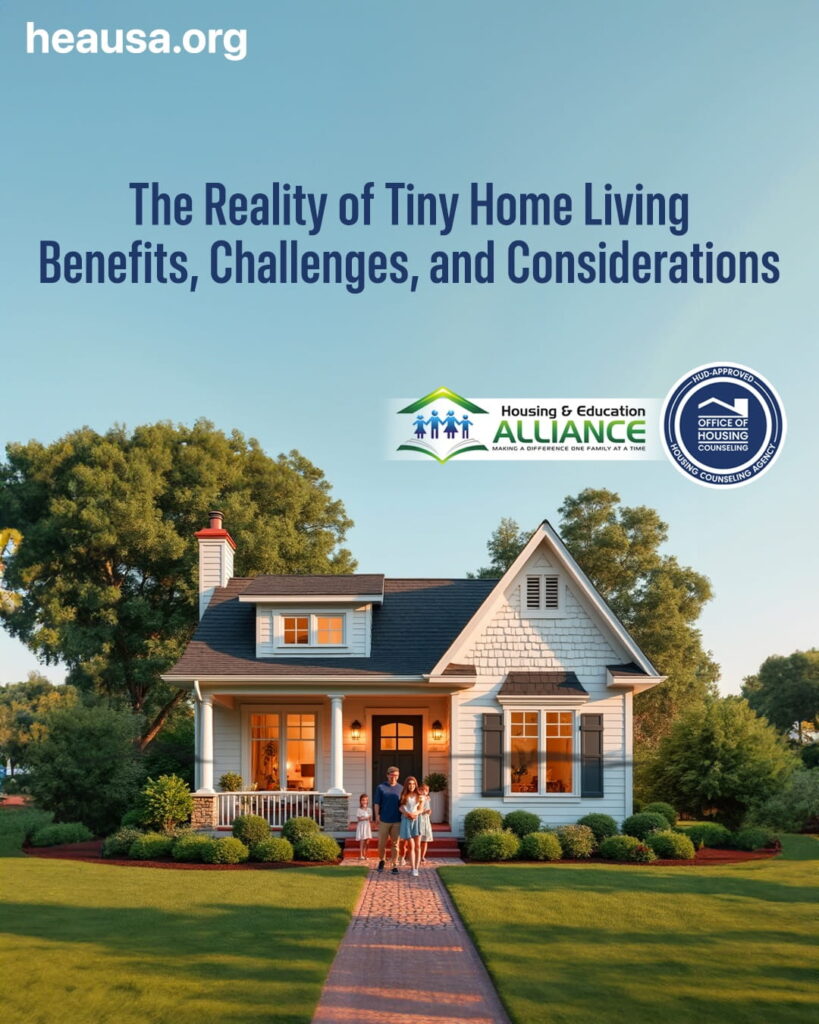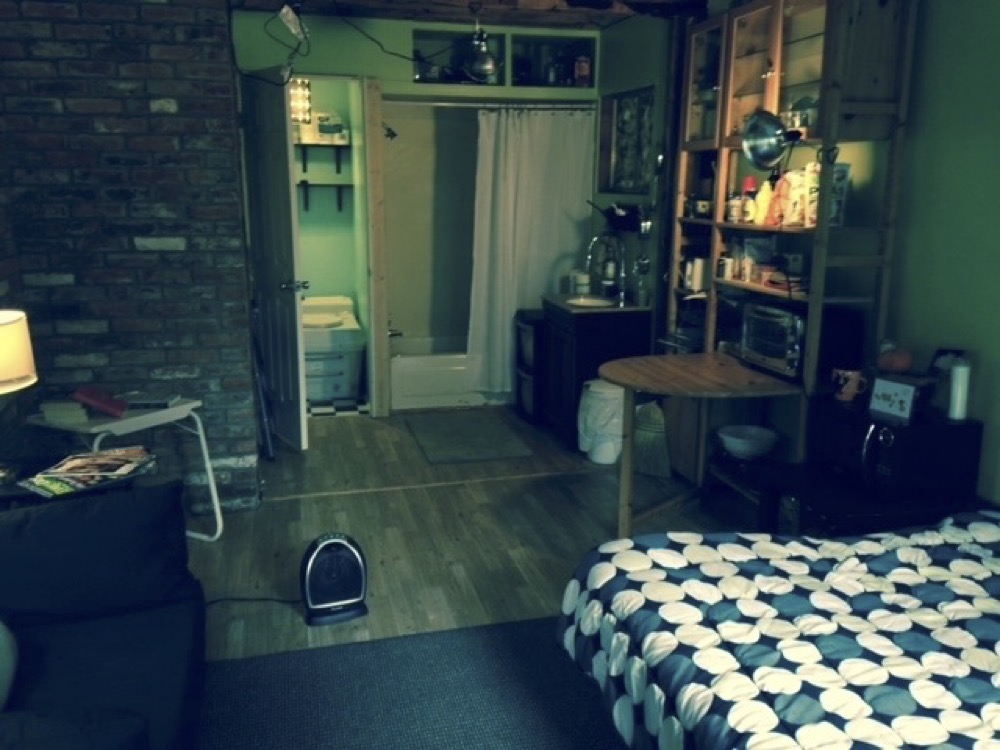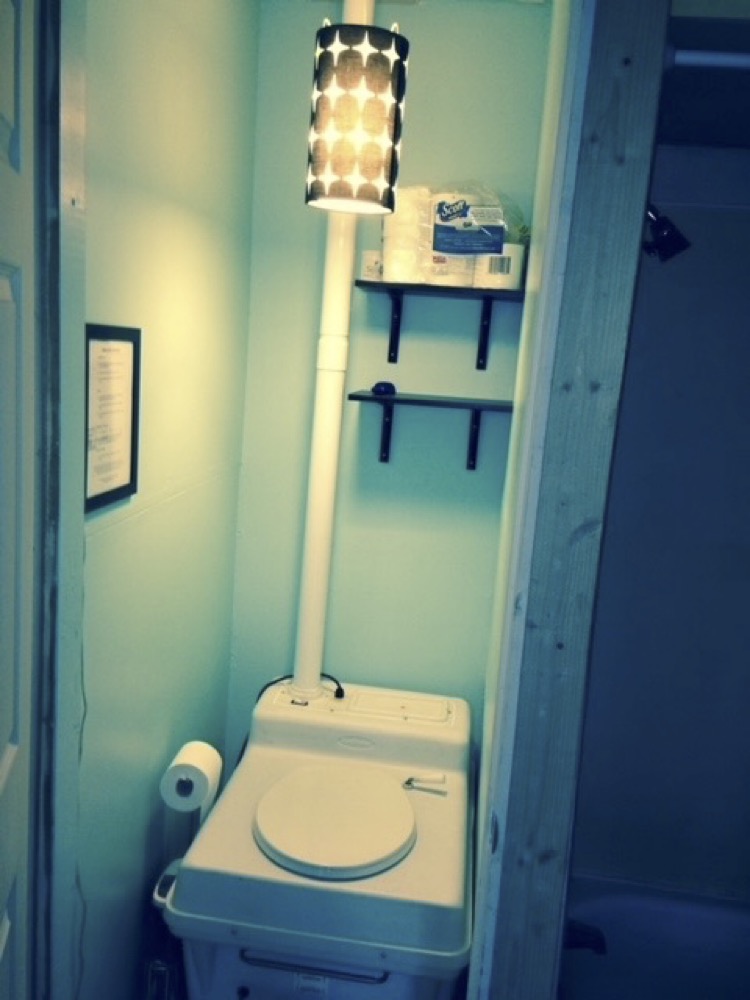Benefits, Challenges, and Considerations

Tiny homes have gained popularity in recent years as a sustainable living option. These compact dwellings, typically under 400 square feet, offer a unique lifestyle that appeals to individuals seeking financial freedom, environmental responsibility, and a simpler way of life. However, the reality of tiny home living has both advantages and challenges that prospective homeowners should consider carefully before embracing this unconventional lifestyle.
Tiny homes come in various forms, from custom-built houses on wheels (THOWs) to stationary structures designed for permanent living. They typically feature efficient use of space with multifunctional furniture, compact appliances, and innovative storage solutions. Designs range from minimalist cabins to modern, architecturally-inspired homes, reflecting diverse aesthetic preferences and functional needs.
Benefits of Tiny Home Living
Affordability
One of the primary attractions of tiny homes is affordability. Compared to traditional housing, tiny homes cost less to build or purchase, require fewer materials and resources, and have lower maintenance and utility expenses. These savings can enable homeowners to reduce debt, save for other investments, or achieve financial independence sooner.
Sustainability
Tiny homes are celebrated for their minimal environmental footprint. With smaller footprints and often built with eco-friendly materials and energy-efficient systems, tiny homes reduce energy consumption, lower carbon emissions, and overall boost sustainability. Many fans of tiny living prioritize sustainability as a core value of their lifestyle.
Simplicity
Living in a tiny home encourages a simplified lifestyle – eliminating clutter, prioritizing experiences over material possessions, and focusing on what truly matters. This minimalist approach fosters greater mindfulness, reduces stress, and promotes personal well-being by reducing the excesses often associated with larger homes.
Practical Considerations and Challenges
Of course, the most obvious challenge of tiny home living is the limited space available. Adapting to a smaller living area requires careful planning and organization to maximize functionality and comfort. Individuals or families accustomed to larger homes may find it hard to downsize possessions and adjust to a more compact living environment.
You may be surprised to find that tiny homes face regulatory challenges from zoning laws, building codes, and local ordinances. Many jurisdictions have minimum size requirements for residential structures and restrictions on where tiny homes can be located, which can complicate the process of making a tiny home your legal primary residence.
Connecting to utilities such as water, sewage, and electricity can pose logistical challenges for tiny home dwellers, especially those living off-grid or in rural areas. It’s smart to explore sustainable solutions like composting toilets, rainwater harvesting systems, and solar power to reduce reliance on traditional infrastructure. It takes careful planning and investment to find the right systems for your tiny home.
Lifestyle Adaptations
Tiny home living can have an influence on your social interactions and community engagement. While some individuals appreciate the sense of community and camaraderie within the tiny house movement, others may experience isolation or find it difficult to venture into more established neighborhoods where larger homes are the norm.
Families considering tiny home living must carefully assess whether the space can accommodate their needs and lifestyles. Factors such as privacy, personal space for children, and storage for belongings require thoughtful consideration to ensure that the tiny living arrangement supports family harmony and well-being.
Real-Life Experiences and Testimonials
Talking with people who have experienced tiny home living sheds light on the challenges encountered and innovative solutions developed by tiny home enthusiasts. From creative storage solutions to navigating legal hurdles, these stories illustrate the resilience and determination required to successfully transition to and sustain a tiny home lifestyle.
On the other hand, the real-life experiences of tiny home owners also provides the most valuable insights into its practical realities and rewards. Personal stories often highlight the creativity, resourcefulness, and sense of fulfillment that come with simplifying life and living more intentionally in a tiny home.
One couple’s school bus conversion served as their tiny home on wheels for 3 years. With creative storage bins built into the frame of the bus, they brought all their grills, chairs, tents, golf clubs, and luggage long for the adventure. A chef-designed kitchen ensured that they did not depend on fast food during their trips. Their living room was made to perform many duties – main living area, guest bedroom, movie watching area, dining area and work area.
A single woman living in the California mountains reported her amazement that she had everything she needed in her 327 square-foot tiny home among the sequoias. Voted least likely to become an expert at compost toilets, she nonetheless maintained her off-grid bathroom for years without a problem!


Car Credit and HEA: On the Cutting Edge of Housing Solutions
In the end, the reality of tiny home living is a blend of benefits, challenges, and lifestyle changes that are different for each individual or family. Ultimately, embracing a tiny home lifestyle requires thoughtful planning and flexibility. It’s not for everybody, but tiny homes continue to inspire people seeking alternative paths to homeownership and a more intentional way of life.
The Housing and Education Alliance is a Strategic Partner of Nuevo en US (www.nuevoenus.org), recipient of a grant funded exclusively by Car Credit (www.carcredittampa.com). This partnership ensures that the valuable services of HEA are accessible to all of our neighbors – English and Spanish speakers alike.








